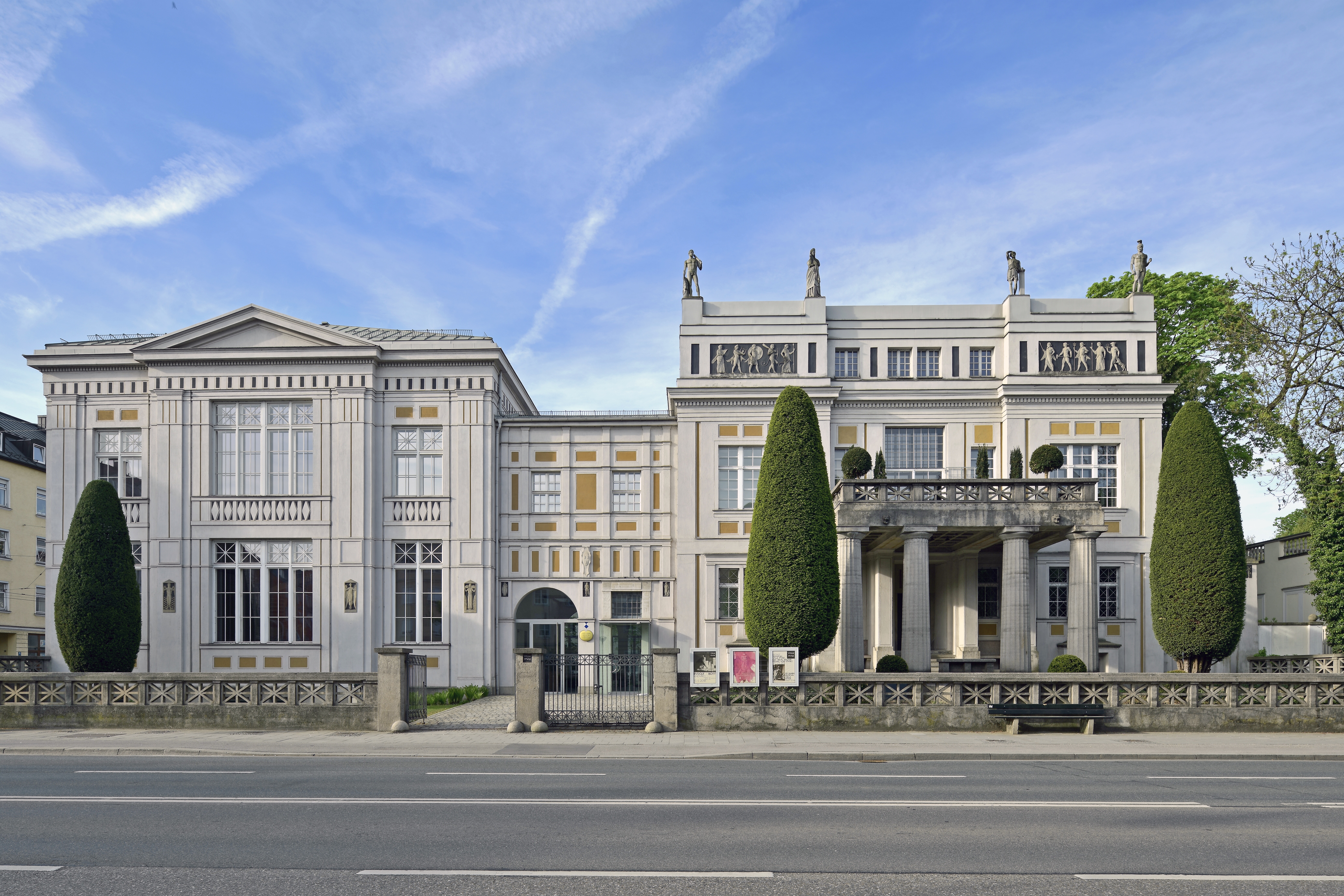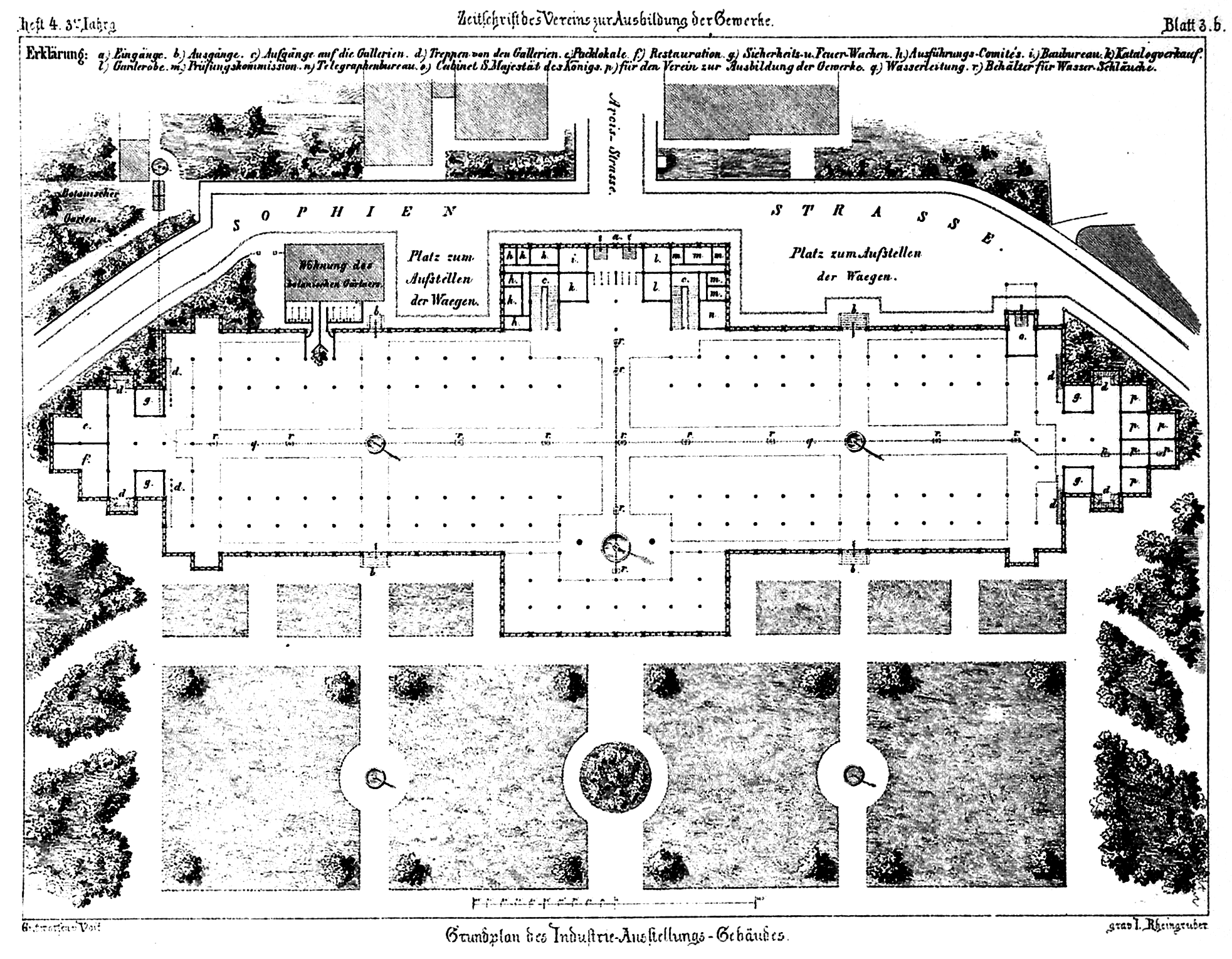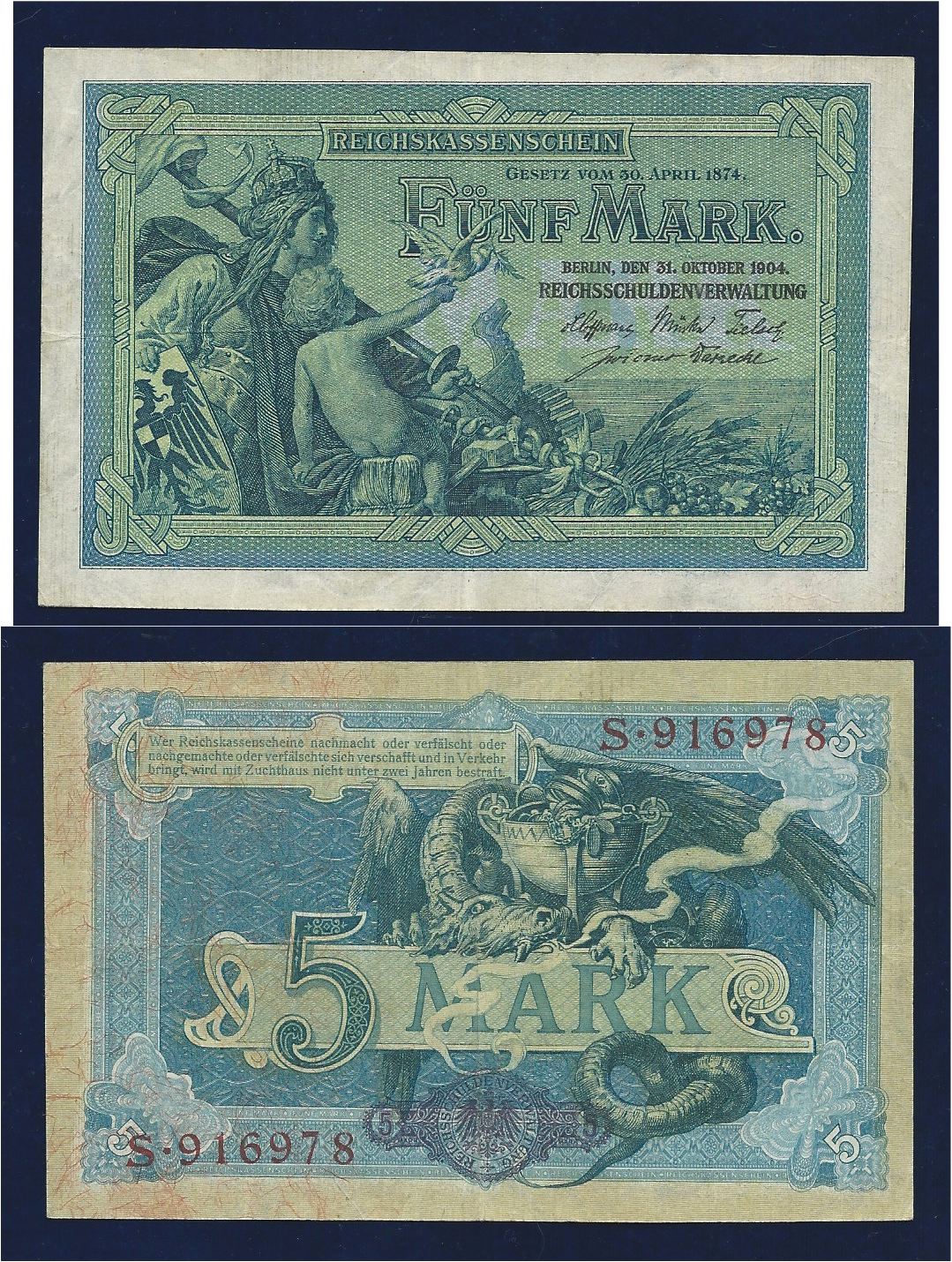|
The Guardian Of Paradise
''The Guardian of Paradise'' () is an 1889 painting by the German artist Franz Stuck. It shows a glowing angel with bird-like wings and a flaming sword. It was Stuck's first large oil painting. It was entered into the 1889 art exhibition at the Glaspalast in Munich, where it won a gold medal and 6000 Mark. The painting became a breakthrough for Stuck and made him a recognised symbolist artist. It is kept at the Museum Villa Stuck in Munich. References External links Stuckstück: ''Der Wächter des Paradieses''from Villa Stuck on Vimeo Vimeo ( ) is an American Online video platform, video hosting, sharing, and services provider founded in 2004 and headquartered in New York City. Vimeo focuses on the delivery of high-definition video across a range of devices and operates on a ... 1889 paintings Angels in art Paintings by Franz von Stuck Paintings in the Villa Stuck Symbolist paintings {{1880s-painting-stub ... [...More Info...] [...Related Items...] OR: [Wikipedia] [Google] [Baidu] |
Franz Stuck
Franz Ritter von Stuck (February 23, 1863 – August 30, 1928), born Franz Stuck, was a German painter, sculptor, printmaker, and architect. Stuck was best known for his paintings of ancient mythology, receiving substantial critical acclaim with '' The Sin'' in 1892. In 1906, Stuck was awarded the Order of Merit of the Bavarian Crown and was henceforth known as Ritter von Stuck. Life and career Born at Tettenweis near Passau, Anna Rosmus: ''Hitlers Nibelungen'', Simone Samples, Grafenau 2015, pp. Stuck displayed an affinity for drawing and caricature from an early age. To begin his artistic education he relocated in 1878 to Munich, where he would settle for life. From 1881 to 1885 Stuck attended the Munich Academy. He first became well known by cartoons for '' Fliegende Blätter'', and vignette designs for programmes and book decoration. In 1889 he exhibited his first paintings at the Munich Glass Palace, winning a gold medal for '' The Guardian of Paradise''. In 1892 Stuc ... [...More Info...] [...Related Items...] OR: [Wikipedia] [Google] [Baidu] |
Oil Painting
Oil painting is a painting method involving the procedure of painting with pigments combined with a drying oil as the Binder (material), binder. It has been the most common technique for artistic painting on canvas, wood panel, or oil on copper, copper for several centuries. The advantages of oil for painting images include "greater flexibility, richer and denser color, the use of layers, and a wider range from light to dark". The oldest known oil paintings were created by Buddhism, Buddhist artists in Afghanistan, and date back to the 7th century AD. Oil paint was later developed by Europeans for painting statues and woodwork from at least the 12th century, but its common use for painted images began with Early Netherlandish painting in Northern Europe, and by the height of the Renaissance, oil painting techniques had almost completely replaced the use of egg tempera paints for panel paintings in most of Europe, though not for Orthodox icons or wall paintings, where tempera a ... [...More Info...] [...Related Items...] OR: [Wikipedia] [Google] [Baidu] |
Munich
Munich is the capital and most populous city of Bavaria, Germany. As of 30 November 2024, its population was 1,604,384, making it the third-largest city in Germany after Berlin and Hamburg. Munich is the largest city in Germany that is not a state of its own. It ranks as the 11th-largest city in the European Union. The metropolitan area has around 3 million inhabitants, and the broader Munich Metropolitan Region is home to about 6.2 million people. It is the List of EU metropolitan regions by GDP#2021 ranking of top four German metropolitan regions, third largest metropolitan region by GDP in the European Union. Munich is located on the river Isar north of the Alps. It is the seat of the Upper Bavaria, Upper Bavarian administrative region. With 4,500 people per km2, Munich is Germany's most densely populated municipality. It is also the second-largest city in the Bavarian language, Bavarian dialect area after Vienna. The first record of Munich dates to 1158. The city ha ... [...More Info...] [...Related Items...] OR: [Wikipedia] [Google] [Baidu] |
Villa Stuck
The Villa Stuck, built in 1898 and established as a museum in 1992 and located in the Munich quarter of Bogenhausen, is a museum and historic house devoted to the life and work of the painter Franz Stuck. In contrast to the Classical architecture of the exterior, Stuck decorated the interior in striking Art Nouveau/Art Deco Art Deco, short for the French (), is a style of visual arts, architecture, and product design that first Art Deco in Paris, appeared in Paris in the 1910s just before World War I and flourished in the United States and Europe during the 1920 ... style. See also * List of single-artist museums Further reading ''All of the following references are in German.'' * Enno Burmeister: ''Villa und Atelier Franz von Stuck in München-Bogenhausen. Baudokumentation.'' Arbeitshefte zur Denkmalpflege; 38. München: Burmeister 1990. * Enno Burmeister: ''Villa und Atelier Franz von Stuck in München-Bogenhausen. Restaurierungskonzept, Kostenberechnung.'' Arbe ... [...More Info...] [...Related Items...] OR: [Wikipedia] [Google] [Baidu] |
Flaming Sword (mythology)
A flaming sword is a sword which is glowing with a flame which is produced by some supernatural power. Abrahamic sources According to the Bible, a flaming sword ( ''lahat chereb'' or literally "flame of the whirling sword" ''lahaṭ haḥereb hammithappeket'') was entrusted to the cherubim by God to guard the gates of Paradise after Adam and Eve were banished (Genesis 3:24). Scholars have variously interpreted the sword as a weapon of the cherubim, as lightning, as a metaphor, as an independent divine being, or even as a figurative description of bladed chariot wheels. In Kabbalah, the flaming sword represents the order which the sefirot were created in, also known as “'' the path of the flaming sword.”'' Dumah is an angel mentioned in Rabbinical literature and popular in Yiddish folklore. Isaac Bashevis Singer's ''Short Friday'' (1964), a collection of stories, mentions Dumah as a "thousand-eyed angel of death, armed with a flaming sword". The sword is otherwise assoc ... [...More Info...] [...Related Items...] OR: [Wikipedia] [Google] [Baidu] |
Glaspalast (Munich)
The ''Glaspalast'' (Glass Palace) was a glass and iron exhibition building located in the Alter Botanischer Garten (Munich), Old botanical garden in Munich modeled after the Crystal Palace in London. The Glaspalast opened for the first General German Industrial Exhibition on 15 July 1854. Planning Following other examples around Europe, the ''Glaspalast'' was ordered by Maximilian II of Bavaria, Maximilian II, King of Bavaria, in order to hold the ''Erste Allgemeine Deutsche Industrieausstellung'' (First General German Industrial Exhibition) on 15 July 1854. Originally it was planned to erect the building on . However, the relevant Commission decision preferred an area near the railway station. Designed by architect August von Voit and built by MAN SE, MAN AG, the building was built in 1854 to the north of the Old Botanical Garden close to the Stachus. Construction Following the completion of 1853 and the planned and conservatory of Munich Residence, a glass with cast iron d ... [...More Info...] [...Related Items...] OR: [Wikipedia] [Google] [Baidu] |
German Gold Mark
The German mark ( ; sign: ℳ︁) was the currency of the German Empire, which spanned from 1871 to 1918. The mark was paired with the minor unit of the pfennig (₰); 100 pfennigs were equivalent to 1 mark. The mark was on the gold standard from 1871 to 1914, but like most nations during World War I, the German Empire removed the gold backing in August 1914, and gold coins ceased to circulate. After the fall of the Empire due to the November Revolution of 1918, the mark was succeeded by the Weimar Republic's mark, derisively referred to as the Papiermark () due to hyperinflation in the Weimar Republic from 1918 to 1923. History The introduction of the German mark in 1873 was the culmination of decades-long efforts to unify the various currencies used by the German Confederation. The Zollverein unified in 1838 the Prussian and South German currencies at a fixed rate of 1 Prussian thaler = South German gulden = 16.704 g fine silver. A larger currency convention i ... [...More Info...] [...Related Items...] OR: [Wikipedia] [Google] [Baidu] |
Symbolism (arts)
In works of art, literature, and narrative, a symbol is a concrete element like an object, character, image, situation, or action that suggests or hints at abstract, deeper, or non-literal meanings or ideas.Johnson, Greg; Arp, Thomas R. (2018). ''Perrine's Literature: Structure, Sound and Sense, Third Edition''. Cengage Learning. pp. 286-7: "A literary symbol is something that means more than what it suggests on the surface. It may be an object, a person, a situation, an action, or some other element that has a literal meaning in the story but that suggests or represents other meanings as well."Kennedy, X. J.; Gioia, Dana (2007). ''Literature: An Introduction to Fiction, Poetry, Drama, and Writing, Tenth Edition''. Pearson Longman. p. 292: " a symbol: in literature, a thing that suggests more than its literal meaning. Symbols generally do not 'stand for' any one meaning, nor for anything absolutely definite; they point, they hint, or, as Henry James put it, they cast long shadows ... [...More Info...] [...Related Items...] OR: [Wikipedia] [Google] [Baidu] |
Vimeo
Vimeo ( ) is an American Online video platform, video hosting, sharing, and services provider founded in 2004 and headquartered in New York City. Vimeo focuses on the delivery of high-definition video across a range of devices and operates on a software as a service (SaaS) business model. The platform provides tools for video creation, editing, and broadcasting along with enterprise software solutions and the means for video professionals to connect with clients and other professionals. the site has 260 million users, with around 1.6 million subscribers to its services. The site was initially built by Jake Lodwick and Zach Klein in 2004 as a skunkworks project of CollegeHumor, taking inspiration from the Image sharing, photo sharing site Flickr launched earlier that year by Ludicorp. The project was organized as a division of CollegeHumor's parent, Connected Ventures, a Startup company, startup formed by Ricky Van Veen, Josh Abramson, Lodwick and Klein. IAC Inc., IAC acquired a ... [...More Info...] [...Related Items...] OR: [Wikipedia] [Google] [Baidu] |
1889 Paintings
Events January * January 1 ** The total solar eclipse of January 1, 1889 is seen over parts of California and Nevada. ** Paiute spiritual leader Wovoka experiences a vision, leading to the start of the Ghost Dance movement in the Dakotas. * January 4 – An Act to Regulate Appointments in the Marine Hospital Service of the United States is signed by President Grover Cleveland. It establishes a Commissioned Corps of officers, as a predecessor to the modern-day U.S. Public Health Service Commissioned Corps. * January 8 – Herman Hollerith receives a patent for his electric tabulating machine in the United States. * January 15 – The Coca-Cola Company is originally incorporated as the Pemberton Medicine Company in Atlanta, Georgia. * January 22 – Columbia Phonograph is formed in Washington, D.C. * January 30 – Mayerling incident: Rudolf, Crown Prince of Austria, and his mistress Baroness Mary Vetsera commit a double suicide (or a murder-suicide) at the Mayerling hunt ... [...More Info...] [...Related Items...] OR: [Wikipedia] [Google] [Baidu] |
Angels In Art
Angels have appeared in works of art since early Christian art, and they have been a popular subject for Byzantine Empire, Byzantine and European paintings and sculpture. Normally given wings in art, angels are usually intended, in both Christian and Islamic art, to be beautiful, though several depictions go for more awe-inspiring or frightening attributes, notably in the depiction of the Living creatures (Bible), living creatures (which have bestial characteristics), ophanim (which are wheels) and cherubim (which have mosaic features); As a matter of theology, they are spiritual beings who do not eat or excrete and are genderless. Many historical depictions of angels may appear to the modern eye to be gendered as either male or female by their dress or actions, but until the 19th century, even the most female looking will normally lack breasts, and the figures should normally be considered as genderless. In 19th-century art, especially funerary art, this traditional convention ... [...More Info...] [...Related Items...] OR: [Wikipedia] [Google] [Baidu] |
Paintings By Franz Von Stuck
Painting is a visual art, which is characterized by the practice of applying paint, pigment, color or other medium to a solid surface (called "matrix" or "support"). The medium is commonly applied to the base with a brush. Other implements, such as palette knives, sponges, airbrushes, the artist's fingers, or even a dripping technique that uses gravity may be used. One who produces paintings is called a painter. In art, the term "painting" describes both the act and the result of the action (the final work is called "a painting"). The support for paintings includes such surfaces as walls, paper, canvas, wood, glass, lacquer, pottery, leaf, copper and concrete, and the painting may incorporate other materials, in single or multiple form, including sand, clay, paper, cardboard, newspaper, plaster, gold leaf, and even entire objects. Painting is an important form of visual art, bringing in elements such as drawing, composition, gesture, narration, and abstraction. Paintings can ... [...More Info...] [...Related Items...] OR: [Wikipedia] [Google] [Baidu] |









